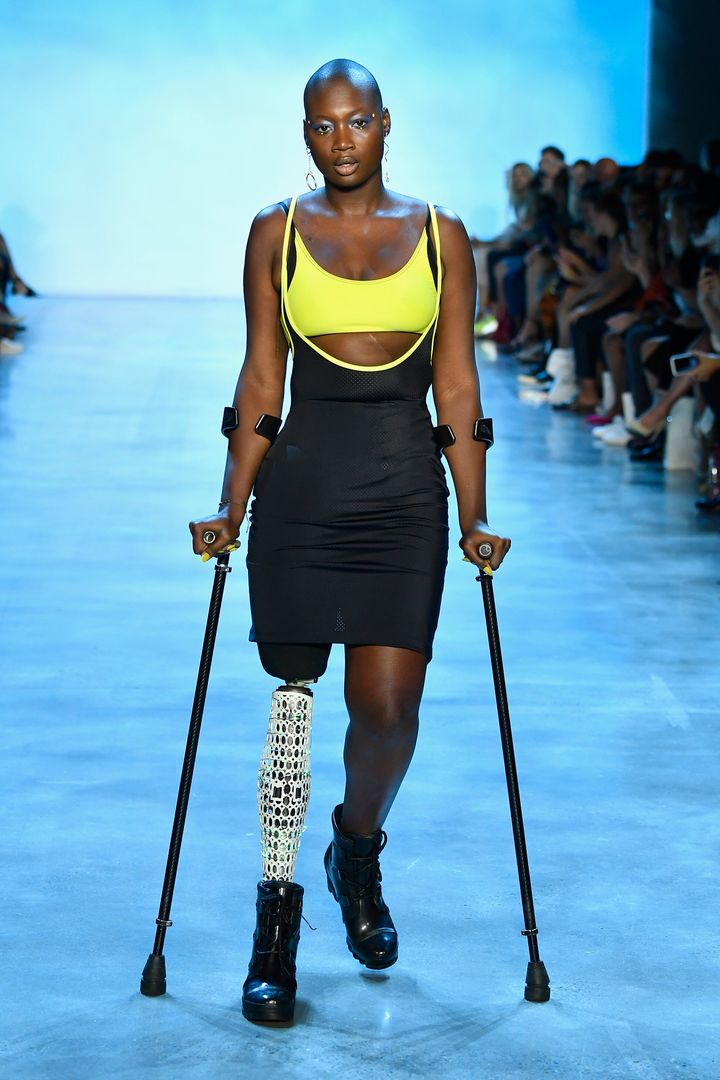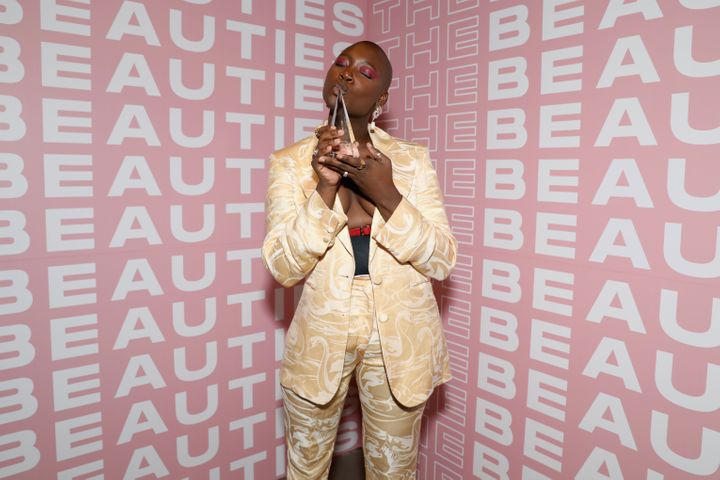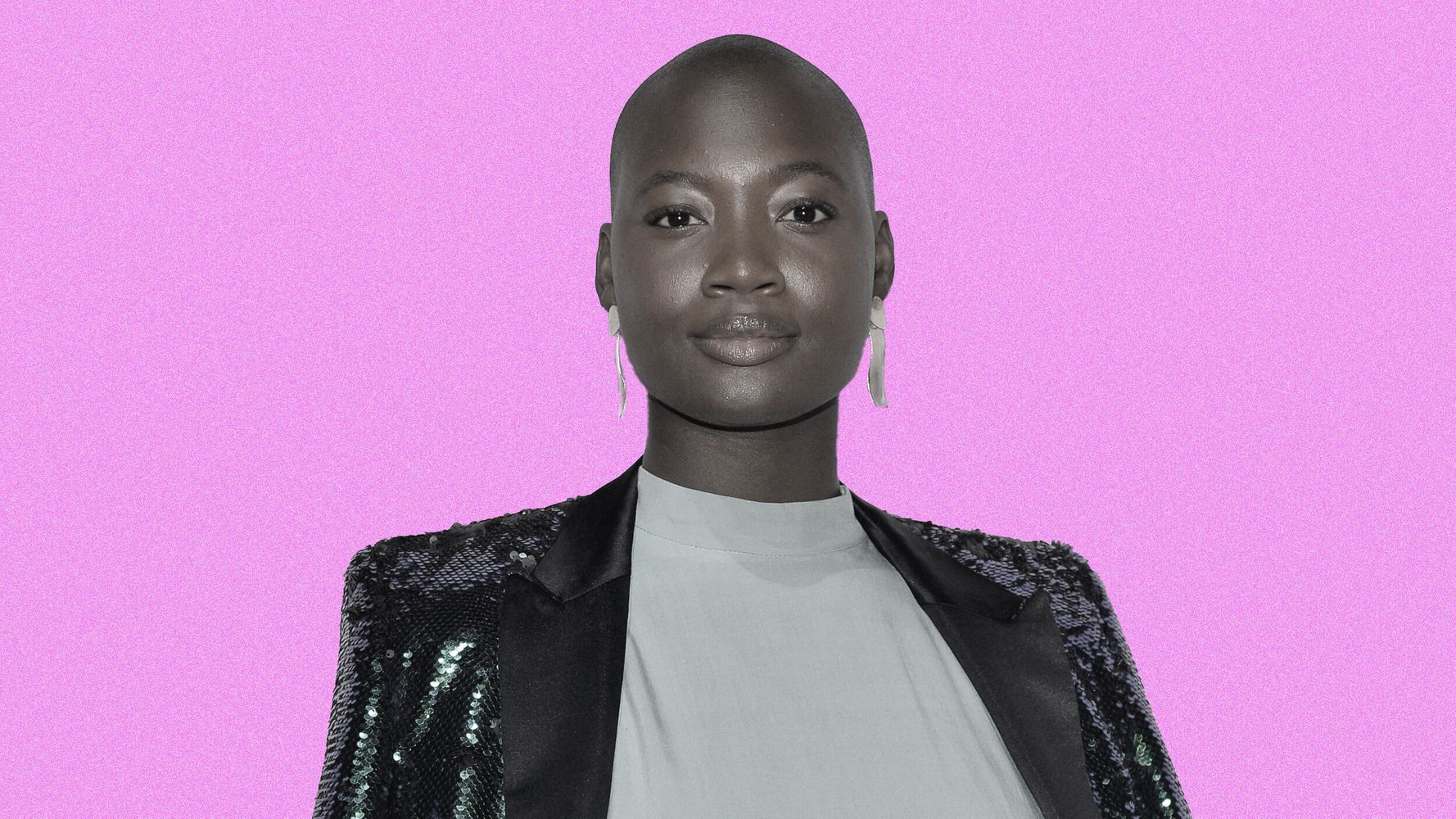[ad_1]
Cacsmy Brutus, a model and disability advocate known as Mama Cax, died Monday after spending a week in the hospital in London, according to a post on her Instagram published Friday. She was 30.
Cax’s profile skyrocketed in 2018 when she became one of the first disabled models to appear on a New York Fashion Week runway for the Spring 2019 Chromat show. Her walk broke down barriers in the industry and helped pave the way for other Black and disabled models to make their debut on the runways.
Mama Cax wanted to model for all of the luxury fashion brands. She wanted to be in spaces where people were not accustomed to the presence of disabled models. She wanted to push the boundaries of society’s expectations, of what society perceives she could do or be. It’s clear she was well on her way.
In 2019, the model, activist and lifestyle blogger appeared in campaigns for Tommy Hilfiger, Olay, Target, Henning, Athleta, Huda Beauty and Maison Margiela fragrance, among others. But this didn’t just happen overnight. For Cax, embracing her beauty took years of work: developing confidence, self-love and resolve, and defying the beliefs she had absorbed from a world that told her there was only one way to be beautiful.

That process started in the hospital when she was 14 years old, after Cax underwent an amputation of her right leg, a result of having bone and lung cancer. Cax said she couldn’t even look at her body for weeks after her amputation due to her intense body shame. In the years that followed, she kept her prosthetic leg hidden under her clothing, even from close friends. But one day, nearly five years ago, in an act of self-regard, Cax decided to post a picture on social media showing her leg.
“I didn’t ever think it could help someone,” she told HuffPost in a phone interview in November. “It was more of a therapeutic thing for myself. I needed to put it out there. It wasn’t until I started getting messages that I realized this wasn’t just helpful to me.”
After receiving an onslaught of support from other amputees, people with disabilities and women who saw themselves in Cax, she began to look at her prosthesis as a way to make a statement. She started to use her blog and social media to share more about her life — not just photos of herself modeling an assortment of colorful clothes and a similarly colorful prosthetic, but also anecdotes about her journey traveling abroad and dealing with a world that was not built to be accessible to all people.
To Cax, her career as a model and her work as an advocate for disability rights were inseparable. That means when she went on a booking, she paid attention to whether or not her experience was affirming of all of her identities.

“Disability is the largest group of unrepresented people,” Cax said. “We cross so many different identities, and so we often get labeled as something else. I am seen as a Black person first or as a woman first. For a lot of people, they think I should just be grateful to see a woman or a Black person included [in a campaign]. I could very well be in a space for people of color where my needs are being met as a Black person, but let’s say they decide to have a meeting on the sixth floor and there’s no elevator. Then it excludes me. That’s why it’s important to be mindful of someone’s identity overall.”
Cax’s advocacy initially focused on the broader landscape of empowering women and girls to have confidence, but once she realized her unique position, she felt a duty to focus more of her work specifically on disability rights. And it’s worked.
She collaborated with the United Nations twice on projects tackling disability inclusion. Even the Icelandic government recognized the game-changing value of her perspective: They flew her out to speak at their women’s event in November.
“I’ve come to realize that I can carry my voice beyond the fashion industry, even if it starts there,” she said.
Up until her death, Cax worked tirelessly to help shape a world where people with disabilities aren’t seen as a charity case or reduced to an inspirational story. She hoped that being a Black woman with a prosthetic leg modeling for iconic luxury brands like Diane von Furstenberg and Christian Siriano would challenge antiquated notions of disability and lead to a future that is true to her community.
Calling all HuffPost superfans!
Sign up for membership to become a founding member and help shape HuffPost’s next chapter
[ad_2]
Source link

